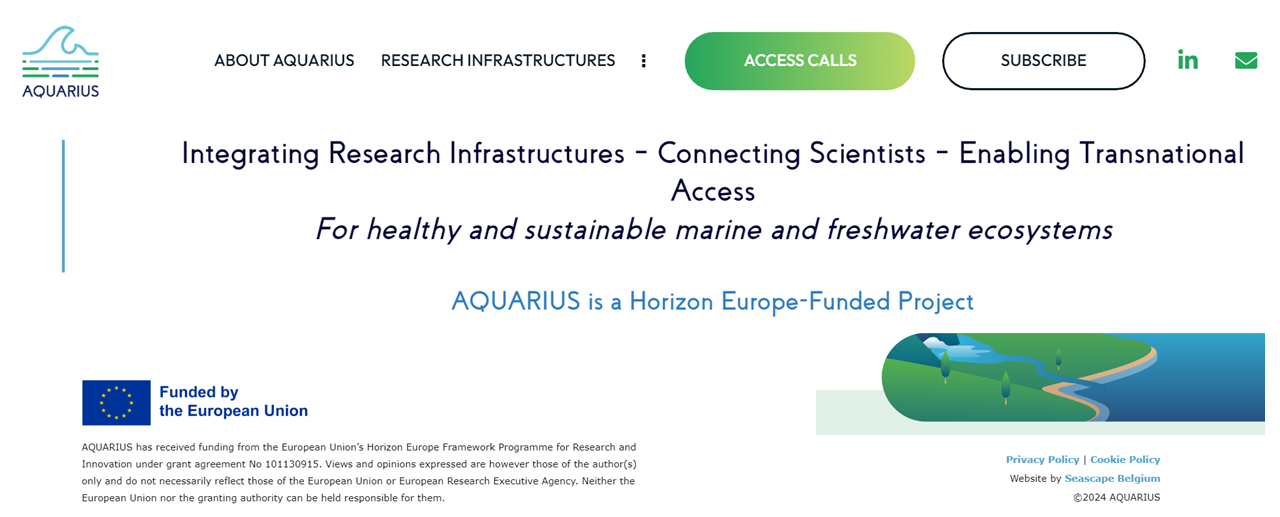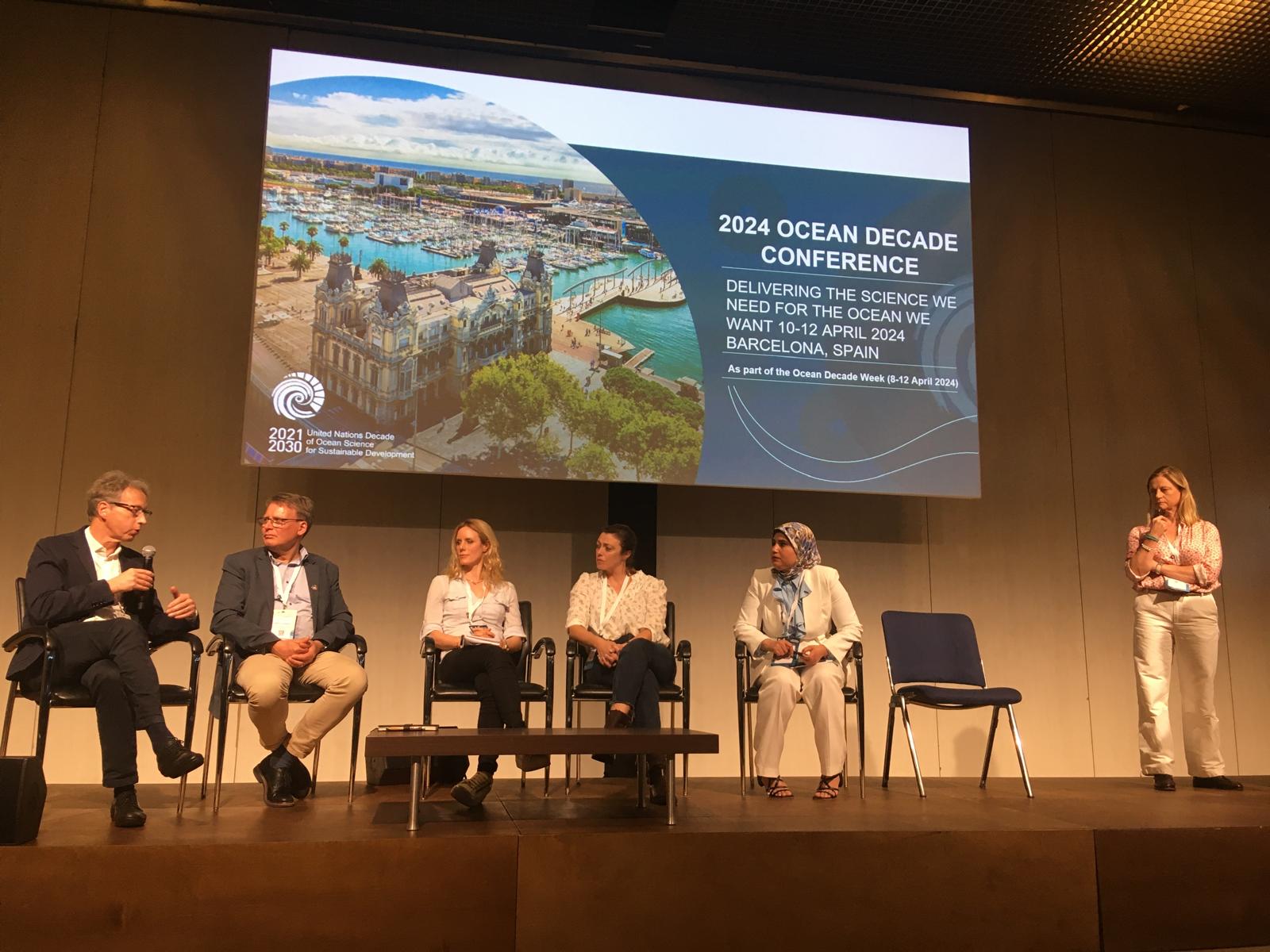The consortium of the European project WATEREYE has concluded its work at PLOCAN in an event in which the main achievements obtained in order to implement new monitoring, diagnosis, forecast and control tools in offshore wind farms to adopt intelligent predictive decisions of operation and maintenance have been shown.
The project has been financed with European funds, receiving more than 4.7 million euros distributed among the nine partners of the consortium led by the CEIT Research Center in the Basque Country, including Delft Dynamics and the University of Delft (TUD) in the Netherlands; Semantic Web Company of Austria; SINTEF Industry and SINTEF Energy Research from Norway; Flanders Make from Belgium; and COBRA and PLOCAN by Spain.
WATEREYE has lasted for three years and has managed to develop proposals for solutions to reduce maintenance and operation costs of offshore wind turbine towers, contributing to the increase in annual energy production.
The solution proposed by the WATEREYE consortium consists of a corrosion control and prediction system in wind turbine towers by means of a drone equipped with ultrasound corrosion sensors, an indoor navigation guidance system, fixed sensors, software and computers etc The system makes it possible to forgo the human presence on the site, reducing operating costs and risks; In addition, the prediction of corrosion supports the management of repair planning and calculation of the useful life of the wind turbine.
The event celebrated symbolizes the successful closure of the project, which has been able to achieve its objectives and contributes to continue with technological advances for the energy transition.

Representatives from the private sector, such as the companies Enerocean, SGS, Wedge Global and Zamakona, who could potentially apply the results of the project in their activities in the future, also participated in the event.
Operation and maintenance costs are the main source of offshore energy costs due to the difficult accessibility of wind turbines, but also due to environmental conditions. Operation and maintenance costs can represent up to 30% of the levelized cost of energy and detection and monitoring systems could help achieve the expected drop to 70 EUR/MWh by 2030.
On the website you can find more information about the results achieved: https://watereye-project.eu/





